Research Projects
B1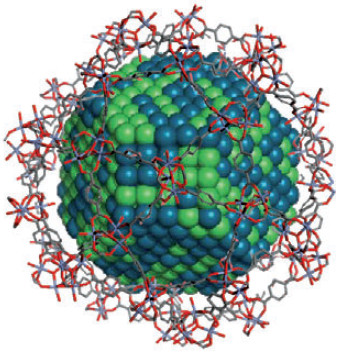
|
Catalytic activity of metallic nanoparticles and nanoalloys immobilized on mesoscopically structured supportsContact:Prof. Dr. Rhett Kempe Prof. Dr. Stephan Kümmel Project B1 aims at the development of highly active nano particle catalysts based on mesoscopically structured supports, and at the understanding of the mechanisms that govern catalytic activity and selectivity. Both monometallic and multimetallic systems are studied. (De)hydrogenation reactions and photoredoc catalytsis are of special interest. The project B1 specifically focuses on testing and understanding whether and how the mesoscopic support influences the nanoparticles' or catalyst properties. It combines experimental and theoretical expertise, and is also interlinked with other projects of the collaborative research center. |
B3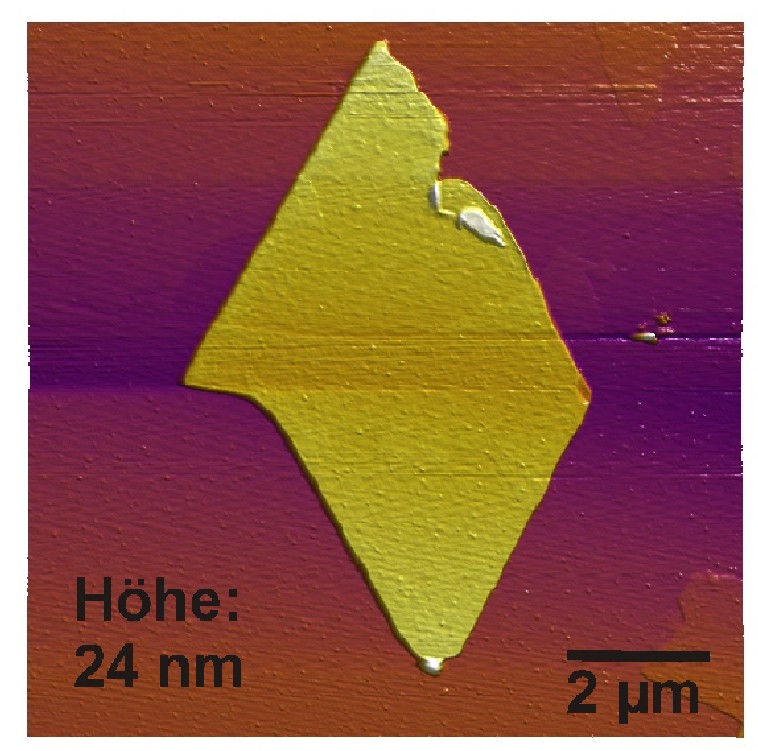
|
Second Generation Layered Silicates of the as Multifunctional AdditivesContact:Prof. Dr.-Ing. Volker Altstädt Prof. Dr. Josef Breu Natural layered silicates have been established as nanofillers with a broad range of potential applications. Synthetic layered silicate (second generation) with aspect ratios of up to 20000 and lateral diameters larger than 2 µm allow for a further quantum leap in relevant material properties. Moreover, novel phenomena not to be observed for natural clays like significant improvement of toughness may be realized. With high filler contents efficient high barriers films can be fabricated even for highly diffusive gases like H2. One remaining current challenge is the realization of multifunctional modes of action like concomitant improvement of fracture toughness and flame retardancy. |
B4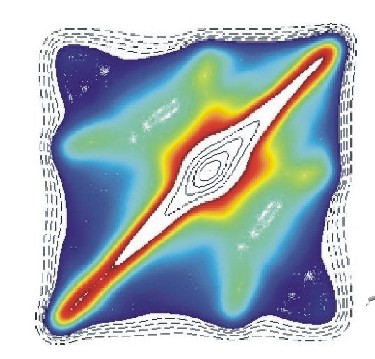
|
Morphology control of semi-crystalline polymers with supramolecular additivesContact:Prof. Dr.-Ing. Volker Altstädt Prof. Dr. Hans-Werner Schmidt Prof. Dr. Jürgen Senker Based on the results achieved on polypropylene in the previous period, tailored supramolecular additives are synthesized as nucleating agents for amorphous polystyrene and semi-crystalline polybutylene terephthalate foams. One focus is on the evaluation of the interaction between dissolved blowing agent in the polymer melt and the supramolecular nano-objects which are formed in the different steps of the foaming process. Structure-property relationships are developed from the resulting micro- and nanocellular foams. Furthermore, the newly discovered, mesoscale structuring of the nano-objects in ferroelectric domains, as well as their potential applications, are explored. |
B6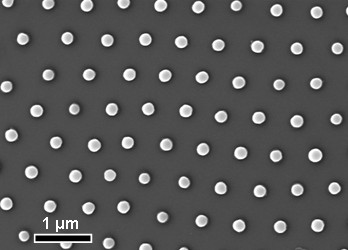
|
Photonic Materials via Self-Assembly of Microgel/Nanoparticle HybridsContact: ,In subproject B6 we will build ordered, three-dimensional (3D) mesoscopic structures. The goal is to produce materials with extraordinary photonic properties, such as materials with a complete photonic band gap. We have the long-term objective of achieving a tunability of this band gap across the visible region. In order to reach this goal we will use various methods of controlling 2D structures and build upon these, moving in the direction of 3D. In addition, we will also attempt to directly crystallize responsive colloidal particles in 3D, and then cross-link these. |
B7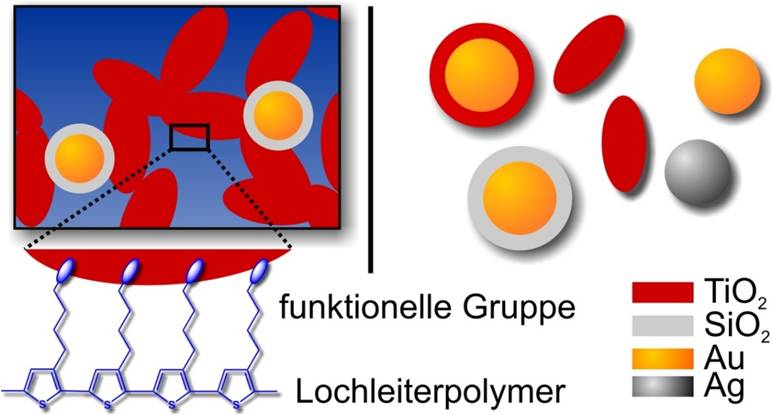
|
Hybrid Systems with Controllable Mesostructures for PhotovoltaicsContact:Prof. Dr. Markus Retsch Prof. Dr. Mukundan Thelakkat, Dr. Linn Leppert Controlling the mesostructure is of great importance for the realization of efficient and stable photovoltaic cells. During the past period we developed functional block-copolymer systems, which constitute first building blocks towards a controlled mesostructure via self-assembly. Furthermore, we investigated in detail plasmonic light management, where we could particularly identify the limitations of this concept. During the next period we will continue our work on controlled hybrid systems and will expand our material platform towards brush polymers. Additionally, the emerging class of perovskite solar cells will become a central focus of our investigations. Using an integrated approach combining theoretical predictions, materials synthesis and characterization, our aim is to contribute to a fundamental understanding of the efficiency and stability of perovskite solar cells. In particular, we will focus on two-dimensional perovskite materials. Understanding the thermal conductivity of photoactive materials will open new ways to assess the underlying microstructure, even in operating solar cell devices. This will provide unique insights into the interplay of structure, stability and efficiency. |
B8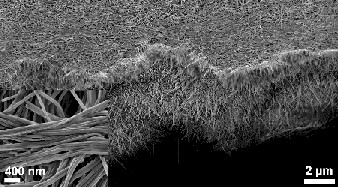
|
Mesoscopically structured functional composite nonwovens for application in separation and catalysisContact: ,Prof. Dr. Andreas Greiner Prof. Dr. Hans-Werner Schmidt The aim of the project is the fabrication of mesoscopically structured functional composite nonwovens consisting of electrospun polymer fibers and supramolecular fibers. These composite nonwovens are to be investigated in filtration and catalysis. For this purpose, functional polymers and tailored supramolecular building blocks have to be synthesized specifically with respect to their application. Two new concepts will be followed for the preparation of the composite nonwovens. This includes the systematic investigation of the recently discovered grafting of self-assembled fibers on electrospun fibers, as well as composite fabrication by wet-laid processes of electrospun and self-assembled fibers with defined fiber lengths. These composite nonwovens will be used for air filtration and for liquid filtration of metal ions. The nonwovens with immobilized metal ions and metal nanoparticles will also be used in organic catalysis. |
B09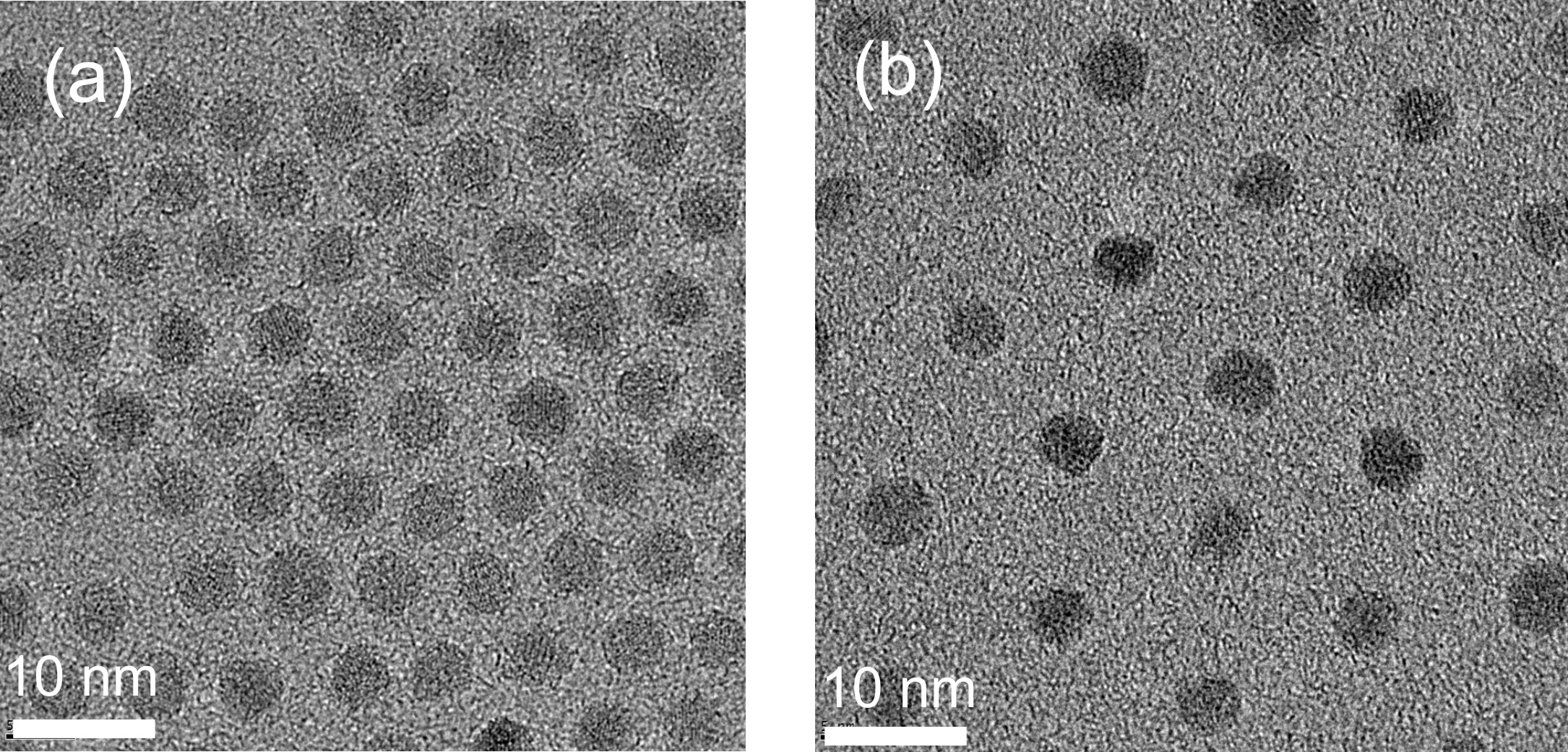
|
Multicomponent Nanocomposites with defined spatial distributionContact:Prof. Dr. Stephan Förster, Jun.-Prof. Anna Schenk This project aims at loading nanoparticles of different forms (sphere, rod, platelet) selectively and with high volume fractions into block copolymer microdomains. The effect of volume fraction, ligand density and interfacial curvature on the formed nanoparticle/block copolymer superlattices will be investigated. With regard to the preparation of mesostructured cobalt(II,III)-oxides the influence of material morphology on the functionality as an electro catalyst for water splitting will be studied. |
